Jesus Praying in Gethsemane
The scene of Jesus praying in Gethsemane is one of the most poignant and powerful moments in the Christian narrative, encapsulating profound themes of solitude, obedience, suffering, and divine connection. This event, which occurs just before Jesus’ arrest and crucifixion, is recounted in the Gospels of Matthew, Mark, and Luke, each presenting a slightly different perspective while maintaining a shared emphasis on the deep emotional turmoil Jesus experiences in the olive grove.
Gethsemane, meaning “oil press,” is located at the foot of the Mount of Olives in Jerusalem. It was a place of refuge for Jesus and his disciples, a quiet retreat from the hustle and bustle of city life, where they could find solace and communion away from the crowds. However, on this particular night, the garden transforms into a place of immense agony for Jesus. As he enters the garden, he knows the weight of the suffering that lies ahead. He asks his disciples to stay awake and pray, revealing his desire for their companionship in this moment of vulnerability, yet he knows they will struggle to remain alert as exhaustion weighs heavily upon them.
The Gospel of Matthew describes Jesus’ profound distress as he pleads, “My soul is overwhelmed with sorrow to the point of death.” He takes Peter, James, and John deeper into the garden to share his anguish, indicating not only his need for support but also his role as a teacher preparing them for the trials they would face in the future. This moment serves as a poignant reminder of Jesus’ humanity; he feels fear, anxiety, and deep sorrow. Despite being the incarnate Son of God, he experiences the full weight of human emotions.
Kneeling in prayer, Jesus begins to communicate with the Father, expressing both his dread of the suffering to come and his willingness to submit to God’s will. “Abba, Father,” he cries out, evoking intimacy and trust in his relationship with God. The use of “Abba” indicates a deep, personal connection, highlighting Jesus’ understanding of God as a loving father. Yet, in his prayer, he also expresses his desire to have the cup of suffering removed from him, illustrating his reluctance to endure the agonizing pain of crucifixion. This tension between his human desire to avoid suffering and his divine mission forms the crux of this pivotal moment.
Jesus retreats to pray three times, each time returning to find his disciples asleep. This repetition underscores the depth of his isolation in this moment. While he faces the impending crucifixion, his closest companions cannot stay awake with him. Their inability to offer support reflects the human condition; we often struggle to fully grasp the burdens others carry, especially those hidden beneath the surface. Each time Jesus encounters them, he gently admonishes them for their slumber, urging them to “watch and pray” so they may not fall into temptation. This statement emphasizes the importance of vigilance and spiritual preparedness in the face of trials.
The moment encapsulates an essential element of Jesus’ ministry: his submission to God’s will. “Not my will, but yours be done,” he states, showcasing the ultimate act of obedience. This submission resonates deeply within Christian theology, portraying Jesus as the obedient servant who willingly embraces suffering for the sake of humanity. It highlights the profound theological concept of atonement, where Jesus’ suffering and death are seen as a sacrifice for the sins of the world, a gift of grace for all believers.
As he prays, an angel from heaven comes to strengthen him, illustrating the divine support available even in our most desperate moments. This moment serves as an assurance that while Jesus faces unimaginable agony, he is not alone; God’s presence sustains him. The imagery of heavenly assistance amid human despair assures believers of God’s constant companionship during their struggles.
The culmination of Jesus’ prayer in Gethsemane is marked by his resolve to accept the path laid before him. Stepping back from the depths of despair, he transitions to a place of determination, fully aware of the road to Calvary. The garden serves as a crossroads where human vulnerability meets divine purpose, affirming the belief that suffering can lead to redemption and glory.
As this scene unfolds, it elicits empathy, reflection, and understanding from those who ponder its significance. Many individuals can relate to the emotions experienced in Gethsemane—fear of the unknown, the weight of responsibility, and the longing for encouragement. This universal human experience allows adherents to connect deeply with their faith, recognizing Jesus not only as divine but also as someone who shared in the struggles of human existence.
The legacy of Jesus praying in Gethsemane also invites a call to action for believers. It encourages them to embrace their own times of prayer and solitude, where they can confront their fears and align their wills with God’s. By mirroring Jesus’ vulnerability, individuals are reminded of the strength found in surrender and the comfort that comes from trusting in God’s plan.
In conclusion, the scene of Jesus in Gethsemane is a profound narrative that illustrates the depth of his emotional and spiritual journey just before his crucifixion. It encapsulates themes of vulnerability, obedience, and divine support amid suffering. As he prays, he invites us to understand the weight of his sacrifice while also providing a model for our struggles. This moment in Gethsemane serves as a reminder that faith is often forged in the flames of agony, and through it, believers can find strength, hope, and a deeper connection to the divine.


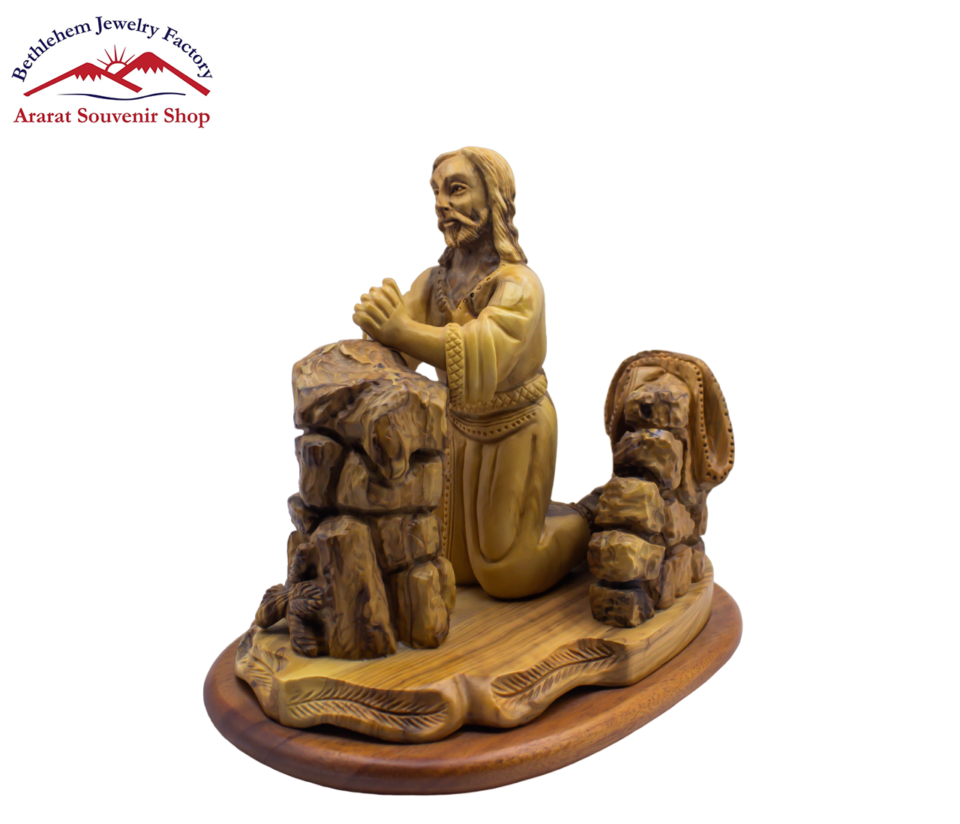
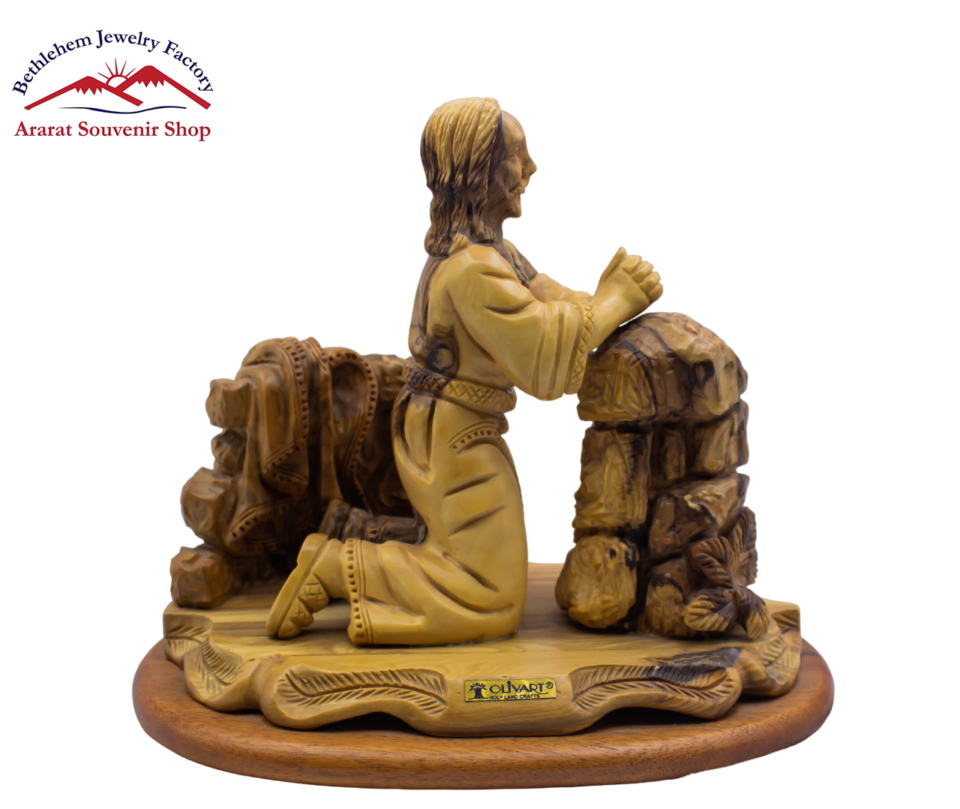
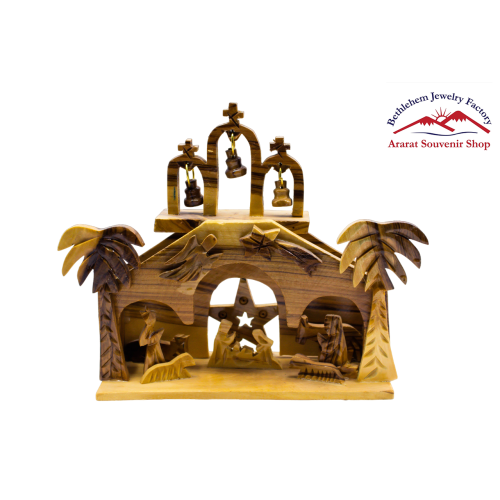
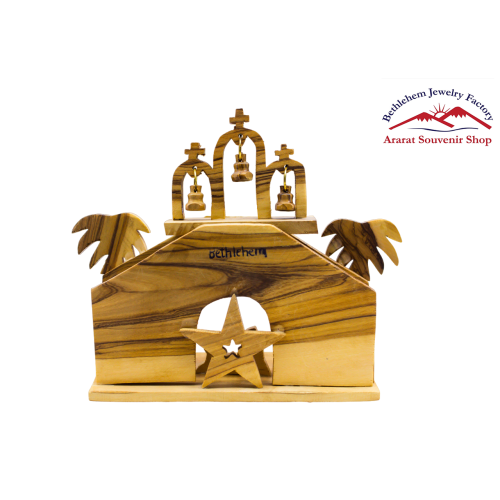



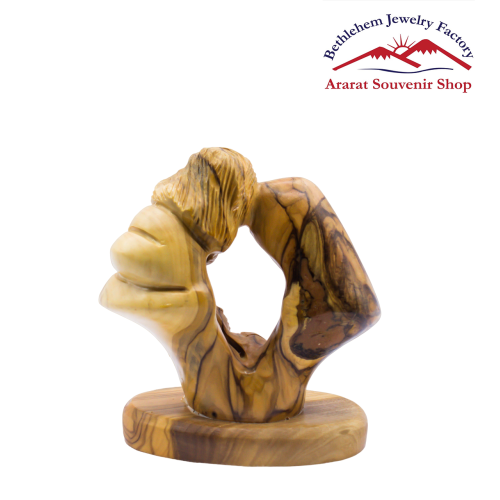


Reviews
There are no reviews yet.